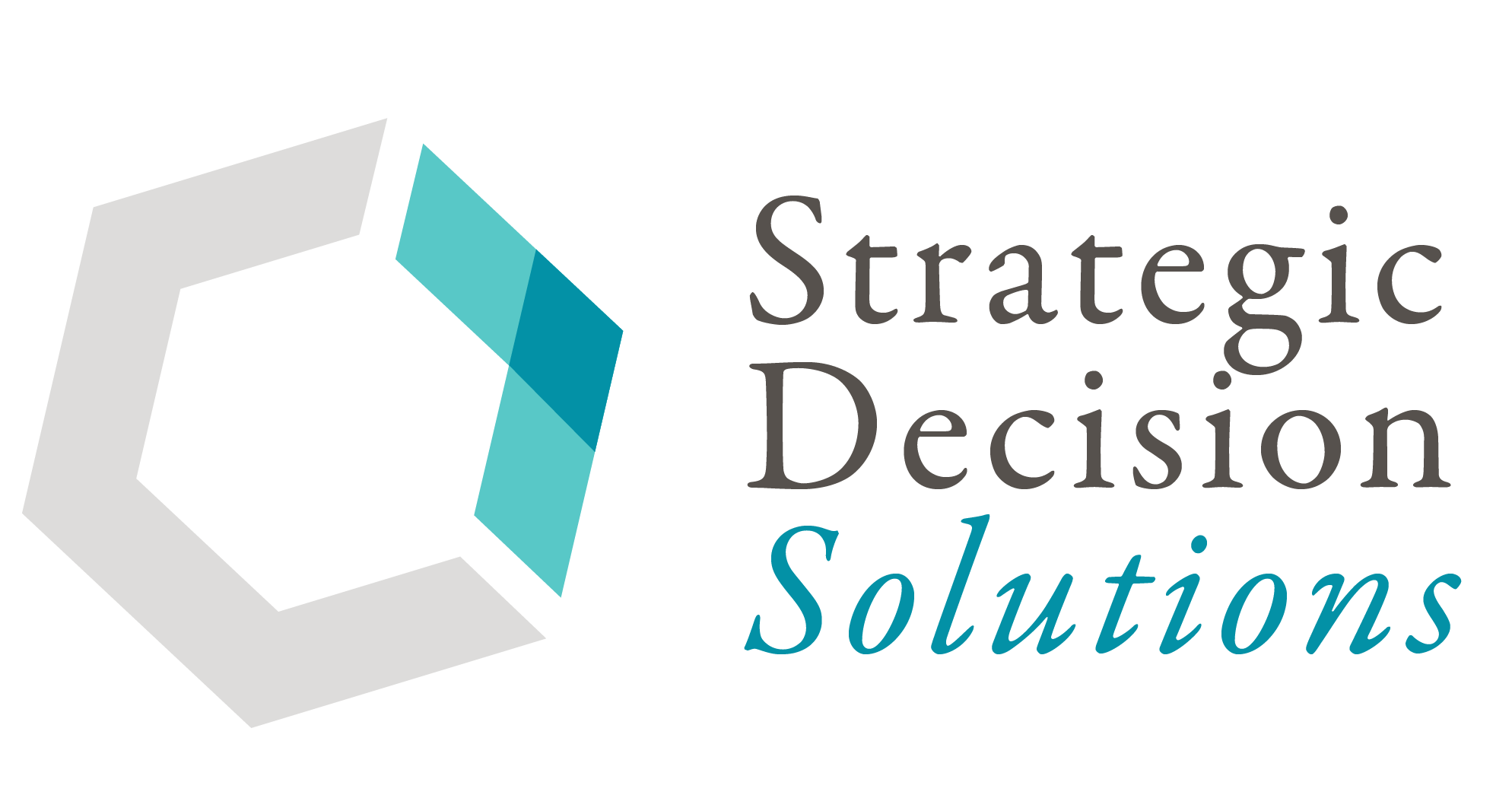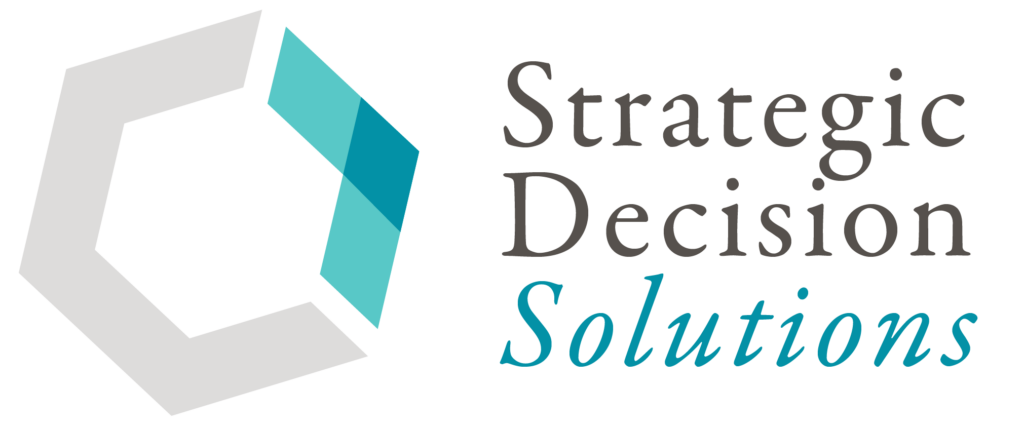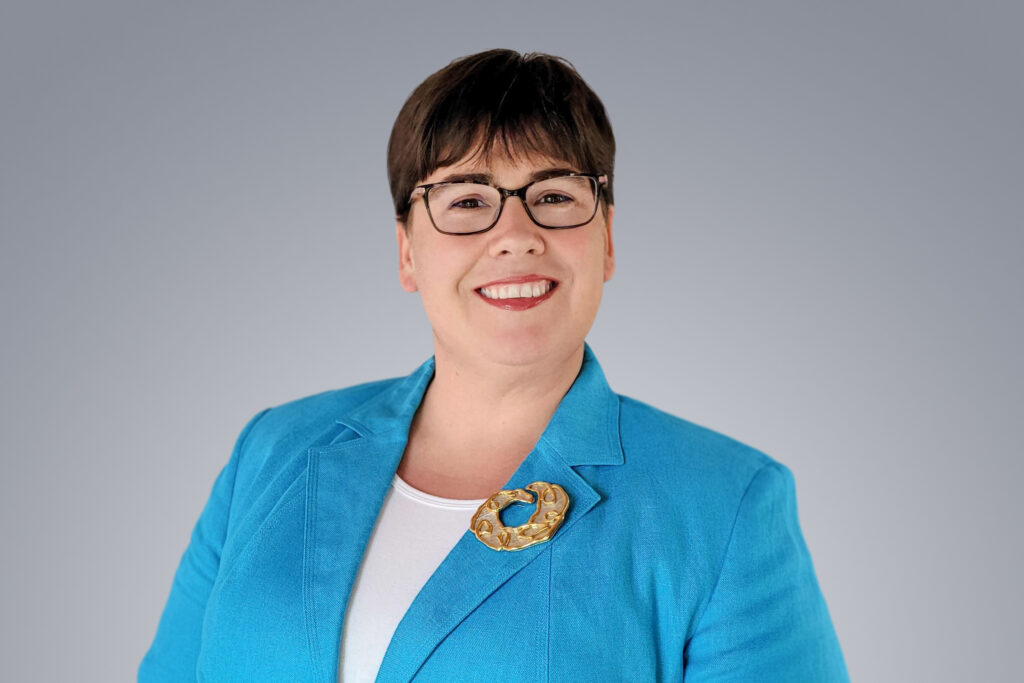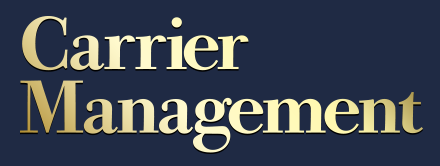What is one thing all hugely successful individuals and companies have in common?
The answer is – they all failed many, many times before they became the success stories we read about today. There are literally countless examples I could cite, but a few favorites include:
- Harland Sanders – commonly known as Col. Sanders, the KFC brand really didn’t take off until he was well in his 60s, and even then, his special fried chicken recipe consisting of “a blend of 130 herbs and spices” was rejected over 1,000 times. Talk about a real rags to riches story!
- Sir James Dyson – the inventor of something we now take for granted, bagless vacuum cleaners, prototyped an eye-popping 5,126 different iterations before creating the right one. In 2023, the UK-based company reported 7.1 billion British pounds in revenue.
- Michael Jordan – the basketball legend who won three Olympic gold medals and even had a starring role in the movie Space Jam was, believe it or not, cut from his high school basketball team.
- Steven Speilberg – the iconic director who can claim movie classics, such as Jaws, ET, Indiana Jones series, Jurassic Park series, and so many others was rejected twice by the University of Southern California’s Film School. In a twist of irony, USC later awarded Spielberg an honorary degree and he also became a trustee.
There’s even a course called “Learning to Fail” as part of Duke University’s Innovation & Entrepreneurship program. I encourage you to check out some of the professor’s videos (@aarondinin on Instagram) – they’re both quite enlightening and entertaining.
So many of our articles past, present, and future stress the importance of innovation and taking smart risks, especially in today’s VUCA world.
Simply avoiding or minimizing risks will ultimately result in lost market share or even total failure. Iconic brands from the past like Blockbuster, Blackberry, Borders (totally didn’t plan for 3 B companies…lol), and others did not realize this truth until it was too late.
The thing is – companies who are going to be innovative and push the envelope will fail way more than they succeed.
While there are many companies who embrace failure as a strategic advantage in one way or another, there is one in particular where it is woven into the very fabric of its culture.
The company I’m referring to is Honda – they even have a video released in 2009 entitled “Failure: The Secret to Success.”
Many inspiring quotes regarding failure and success have come from the automaker, including the following from founder Soichiro Honda, who once said:
Success is only 1 percent of your work. The rest is bold overcoming of obstacles.
Failures can be found all throughout the company’s history. However, many of these were followed by incredible success.
Take its racing engines as an example…
The company’s first racing car was a total flop, with some of the engines completely blowing up! But after learning from these failures and refining, failing and refining again, a Honda-powered car won its first race in 1995 and the championship in 1996.
Today, Honda is one of only two providers of engines to the IndyCar Series.
This ethos of embracing failure, learning from it, and continuous refining has served the company well as their reach extends well beyond motorcycles and autos to include outboard boat engines, lawnmowers, portable generators, and even jets. Honda is also the only automaker to consistently have at least 3 cars in the top 10 list of global monthly sales.
Personally speaking, I’m proud to say I’ve owned 4 Hondas in my lifetime, and they all have been great cars. My first car, an ’82 Accord bought new by my mom and given to me in high school, had over 250,000 miles when I sold it to someone else to keep driving!
But then came the Takata airbag recalls, which put Honda’s culture of embracing failure and learning from failures to the test…
A report from PwC summarizes this challenging period for the company, including some of the hard lessons it learned.
To quickly summarize, Takata was the supplier of airbags to Honda and an assortment of other automakers, which went on to become the largest auto part recall in U.S. history. Defective inflators would cause airbags to rupture, explode, and send shrapnel flying into the vehicle, an issue that caused over 200 injuries and 14 tragic deaths.
With 20 of the 40 million auto recalls with these airbags, Honda bore the brunt of the impact.
Although Takata was responsible for the defective part, and even pled guilty to federal criminal fraud charges, Honda eventually agreed to a $96.5 million settlement and upgraded airbag safety procedures. Several key Honda executives, including the CEO, were fired.
In the wake of this debacle, the question became, according to PwC’s report – When does failure cross the line from being an operational asset to an unrecoverable liability?
One supply chain executive at Honda commented regarding the recall:
“We forgot that failure is never an acceptable outcome; it instead is the means to an acceptable outcome.” [emphasis added]
The report mentions three options for addressing this issue, which include:
- Monitoring vendors no matter your level of confidence in them.
- Create ways to learn from failure throughout the organization, not just operations.
- Take minimal time for self-congratulations or being comfortable, as new challenges always lie ahead.
The third is especially interesting, and difficult, for companies without a creative and energetic culture.
Failing to succeed seems counterintuitive, but coupled with practical ERM processes like risk appetite, it can be a valuable tool in your company’s resiliency arsenal.
Failing carries several benefits as the PwC report and countless other books and articles discuss.
Doing so allows a company to eliminate what doesn’t work. And it’s, in fact, better to fail fast because then your company is not wasting thousands, millions, or even billions in some cases, on things that will ultimately not work.
Not only do you learn what works, what doesn’t, and what needs to be adjusted, these failures on the journey to success also provide insight into the internal and external environment you’re operating in.
Robust ERM tools can be especially useful in these situations, or to state a little differently:
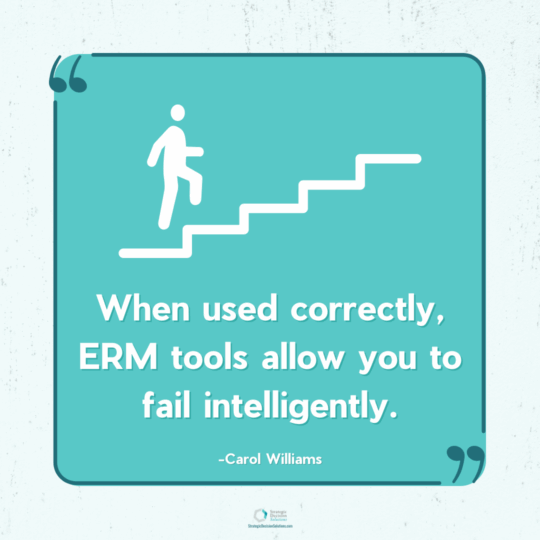
When used correctly, ERM tools allow you to fail intelligently.
Perhaps that’s part of Hans Læssøe’s influence coming out, but as he discusses in his book Prepare to Dare, intelligent, informed risk taking in pursuit of objectives and competitive advantage represents the highest level of ERM practices.
Some specifics include establishing boundaries on what is acceptable and what isn’t. What is easily recoverable and manageable vs. what we need to avoid.
Besides establishing these limits, which Hans and I discuss in this previous interview, leadership and ERM will need to understand what its risk response will be when, for example, a failure like Honda’s experiment with an orange car (ugh!) went down in flames!
The closing statement in the PwC report sums it up by saying Honda’s saga potentially shows that a culture that embraces failure only really works when “…decision makers can think clearly about error, distinguishing acceptable deviations from unacceptable mistakes.”
We don’t want to fail simply for failure’s sake.
However, failure can be a valuable ingredient in a company’s pursuit of objectives if it is done intelligently.
How has your company learned from mistakes and other failures and transformed these lessons into future successes?
This incredibly interesting topic is a great example of how a company’s strategy and ERM intersect.
Join the conversation on LinkedIn to share your thoughts.
And if your company is trying to develop tools for intelligently taking risks, and using failure as tool for learning, reach out to me discuss options for helping you do this in an informed and responsible way.
